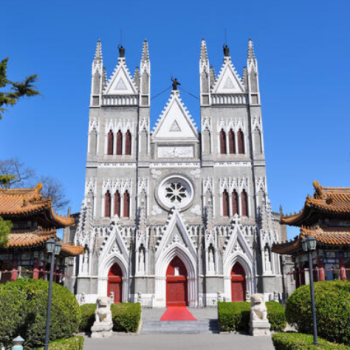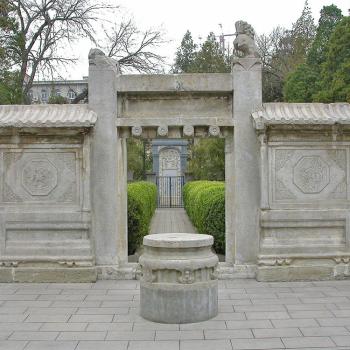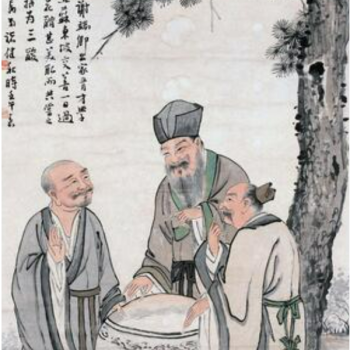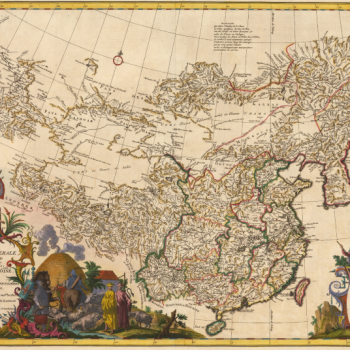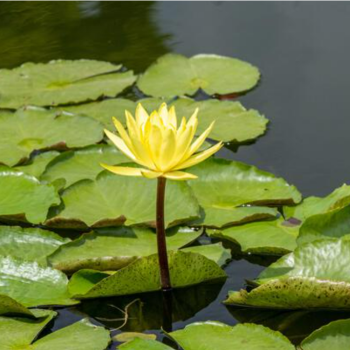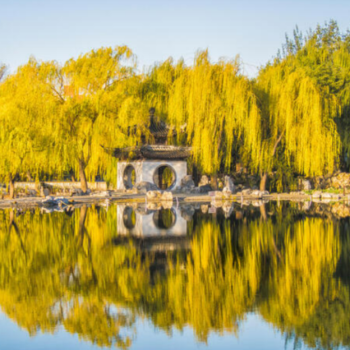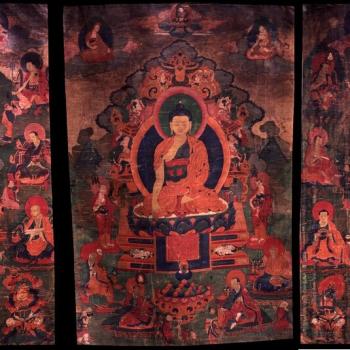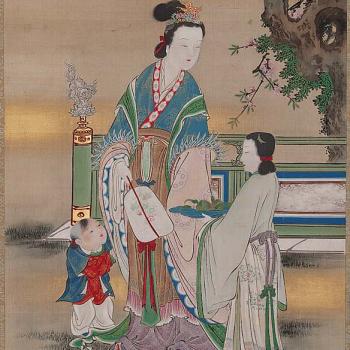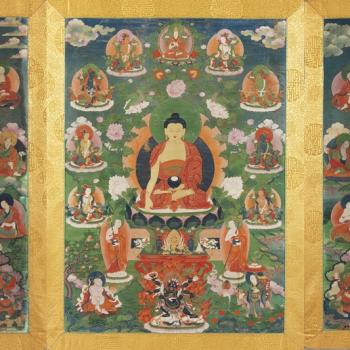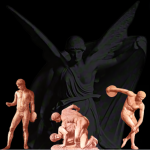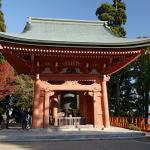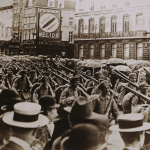Anyone who knows the Catholic Church would scoff at the idea of it being a safe haven for practitioners of a syncretic religion that borrowed heavily from Taoism and Buddhism and worshiped a female deity. And yet, somehow, it seemed like a reasonable conclusion to the sectarians who flocked to the Church in droves. But why did the sectarians think this? What made Catholicism seem like such an appealing option to them? There have been many theories. As we... Read more


